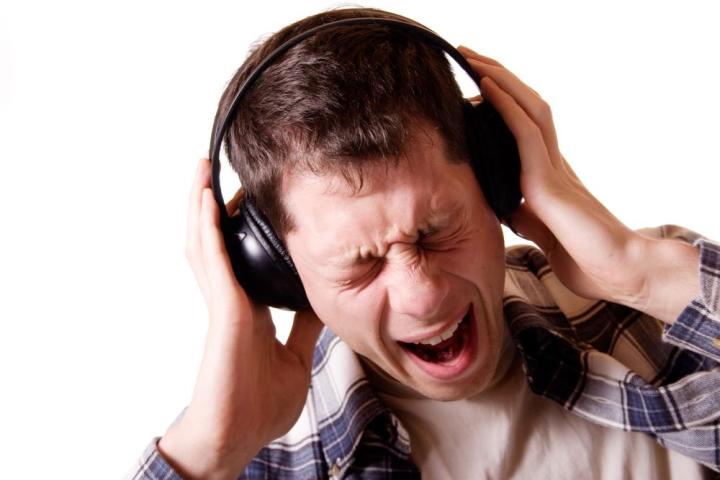
Are young people listening to their music too loud? The World Health Organization (WHO) thinks so.
A recent WHO study says that 1.1 billion teenagers and young adults are risking damaged hearing by listening to too much music, too often. They recommend cutting down usage of personal audio players to one hour per day and listening at a lower volume. Already, 43 million people 12 to 35 years old live with “disabling hearing loss.”
Related: Headphone Parties: Why Quiet Clubbing is the Next Big Thing
In case you were wondering what disabling hear loss could mean, remember the ringing in your ears after that late night at the club? That’s called tinnitus, and it’s caused by noise-induced hearing loss — for millions, it’s a permanent condition. According to the WHO, 40 percent are exposed “to potentially damaging levels of sound at nightclubs, bars and sporting events.”
But late nights in the club aren’t the only culprit. The WHO says that, among young people 12 to 35 years old in middle and high-income countries, nearly 50 percent listen to “unsafe levels of sound through personal audio devices.” According to Dr. Brian Fligor, an audiologist who spoke with the Huffington Post last year, you can safely listen to music at “80% of the maximum volume control … for an hour and a half at a time or less.” The WHO also recommends using noise-canceling headphones, which allow users to listen to music at lower volumes.
According to the BBC, hearing loss among US teenagers is trending upward, from 3.5 percent in 1994 to 5.3 percent in 2006.
The WHO’s director for injury prevention, Dr. Etienne Krug, explained the reasoning of the report in the same BBC piece. “What we’re trying to do is raise awareness of an issue that is not talked about enough, but has the potential to do a lot of damage that can be easily prevented.”
Live concerts poste a threat as well. At 115 dB, it’s a measly 28 seconds until permanent damage can take place, according to the WHO. So, unless you’re planning on seeing just the chorus of your favorite song, buy a pair of earplugs. They’re a lot cheaper than dealing with hearing loss, and a whole lot less aggravating on the long term.


